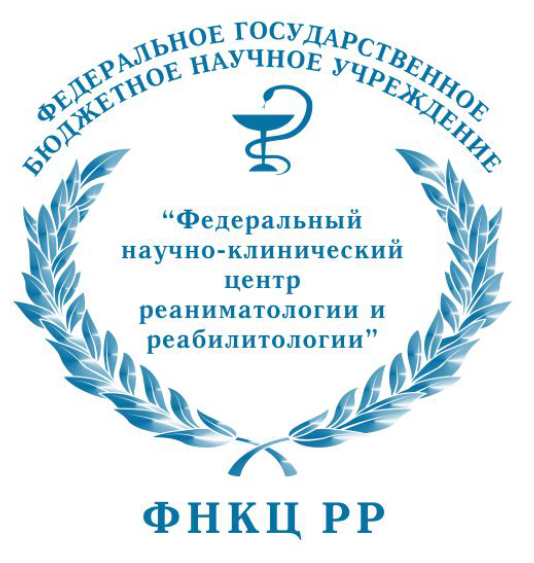
|
ИСТИНА |
Войти в систему Регистрация |
ФНКЦ РР |
||
Peculiarities of deep-sea nematode fauna by the example of Angola Basinдоклад на конференции
- Автор: Чесунов А.В.
- Международная Конференция : 14th International Meiofauna Conference
- Даты проведения конференции: 2010
- Тип доклада: Устный
- Докладчик: Чесунов А.В.
- Место проведения: Ghent, Belgium, Бельгия
-
Аннотация доклада:
Taxonomic investigation of 1,340 nematode specimens from two stations in the Atlantic Angola Basin, depth over 5000m (DIVA I Expedition) reveals 147 species. The most important families are Chromadoridae (mostly Acantholaimus, 26.1% of specimens), Xyalidae (23.9%), Monhysteridae (10.3%), Oxystominidae (15.3%), Desmoscolecidae (3.4%), Microlaimidae (2.8%). Taxonomic treatment of nematodes from the Angola Basin provides some general conclusions about the deep-sea nematofauna. Deep-sea nematode communities differ from those of shallow waters in some structural, taxonomical, morphological and biological characters: 1) Species assemblages from deep-sea sites are characterized by high species diversity accompanied by low concentration of dominance; 2) Very few specialized predator species occurs within the deep-sea communities; 3) Specimens with empty intestine predominate; 4) Deep-sea nematodes are smaller in average body size; 5) There are very few species with sculpturally complicated cuticle and no species with long cephalic and body setae among deep-sea nematodes; 6) Proportion of species with stoma armature is relatively low; 7) Species with very tiny stoma constitute majority in deep-sea communities; 8) Species with one or two relatively large eggs in uteri of females predominate; 9) Proportion of species with large amphids is relatively high.
- Добавил в систему: Чесунов Алексей Валерьевич